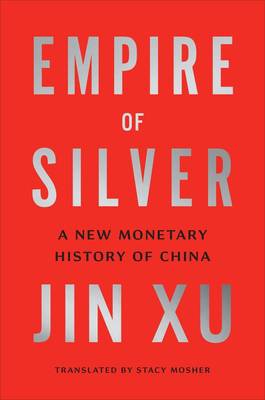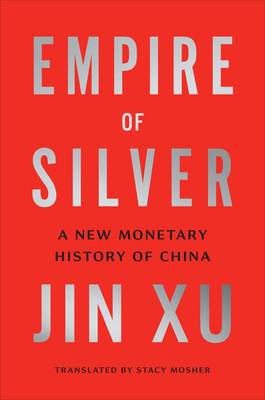
- Afhalen na 1 uur in een winkel met voorraad
- Gratis thuislevering in België vanaf € 30
- Ruim aanbod met 7 miljoen producten
- Afhalen na 1 uur in een winkel met voorraad
- Gratis thuislevering in België vanaf € 30
- Ruim aanbod met 7 miljoen producten
Zoeken
Omschrijving
A thousand-year history of how China's obsession with silver influenced the country's financial well-being, global standing, and political stability "A wonderful book for understanding one thousand years of Chinese monetary history."--Debin Ma, Hitotsubashi University This revelatory account of the ways in which silver shaped Chinese history shows how an obsession with "white metal" held China back from financial modernization. First used as currency during the Song dynasty in around 900 CE, silver gradually became central to China's economic framework and was officially monetized in the middle of the Ming dynasty during the sixteenth century. However, due to the early adoption of paper money in China, silver was not formed into coins but became a cumbersome "weighing currency," for which ingots had to be constantly examined for weight and purity--an unwieldy practice that lasted for centuries. Jin Xu argues that even as China's interest in silver spurred new avenues of trade and helped increase the country's global economic footprint, in the long run silver played a key role in the struggles and entanglements that led to the decline of the Chinese empire.
Specificaties
Betrokkenen
- Auteur(s):
- Uitgeverij:
Inhoud
- Aantal bladzijden:
- 384
- Taal:
- Engels
Eigenschappen
- Productcode (EAN):
- 9780300250046
- Verschijningsdatum:
- 23/02/2021
- Uitvoering:
- Hardcover
- Formaat:
- Genaaid
- Afmetingen:
- 165 mm x 236 mm
- Gewicht:
- 662 g

Alleen bij Standaard Boekhandel
+ 60 punten op je klantenkaart van Standaard Boekhandel
Beoordelingen
We publiceren alleen reviews die voldoen aan de voorwaarden voor reviews. Bekijk onze voorwaarden voor reviews.











